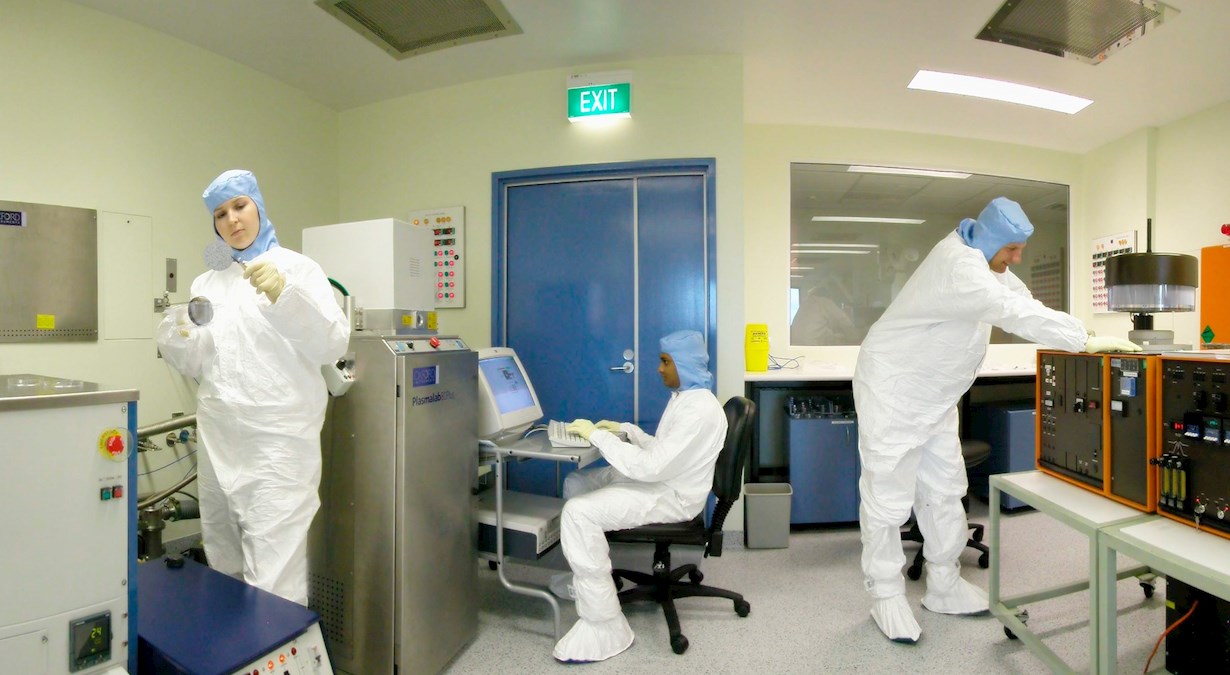Department of Mechanical Engineering
Building our future inventors and innovators
The Department of Mechanical Engineering specialises in courses involving the production and use of heat and power to design, invent and operate all types of machinery. By studying Mechanical Engineering at UWA, students gain in-depth knowledge of theories and methods surrounding thermodynamics, measurement and noise, machine components and more.
Our specialisation
Bachelor of Engineering (Honours)
Mechanical Engineering major
A degree in mechanical engineering allows you to work with engineering firms to design new machines, carry out research into mechanical operations, and set up and operate control systems.
As a mechanical engineering graduate, you could work for private firms and government agencies, leading projects involving building, minerals, construction, power, manufacturing and processing.

Interested in becoming a mechanical engineer?
To become an industry-ready mechanical engineer in just four years, complete UWA's Bachelor of Engineering (Honours) and specialise in Mechanical Engineering.
Bachelor of Engineering (Honours) Mechanical Engineering major
Our research
Centres
Our researchers contribute to advancing agricultural education and research through a range of groups, centres and programs focused on specialised areas.

Industry partnerships
The Department of Mechanical Engineering works with the private and public sector, providing students with real-life experiences.
These partnerships include:







